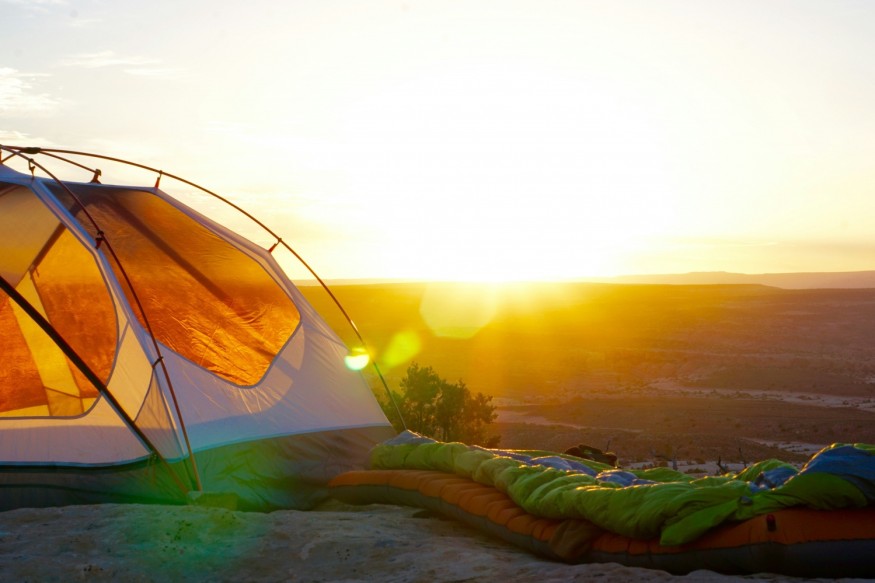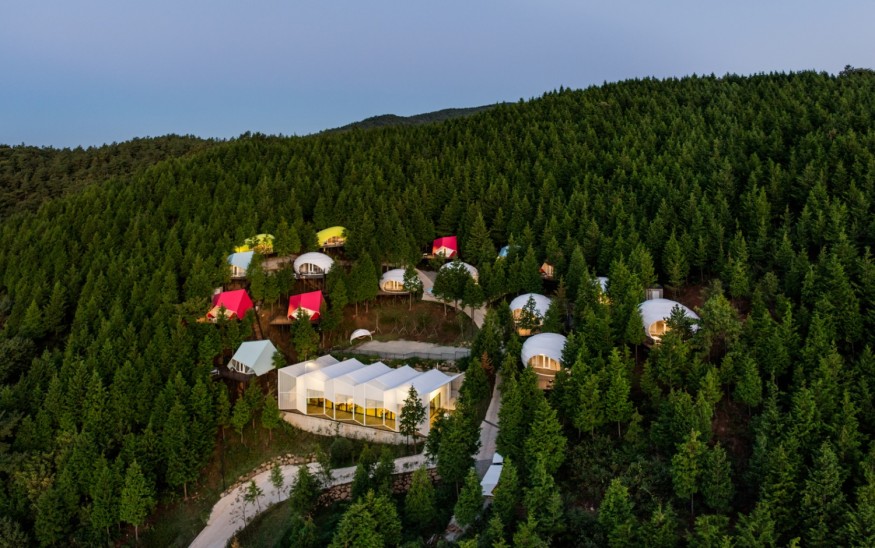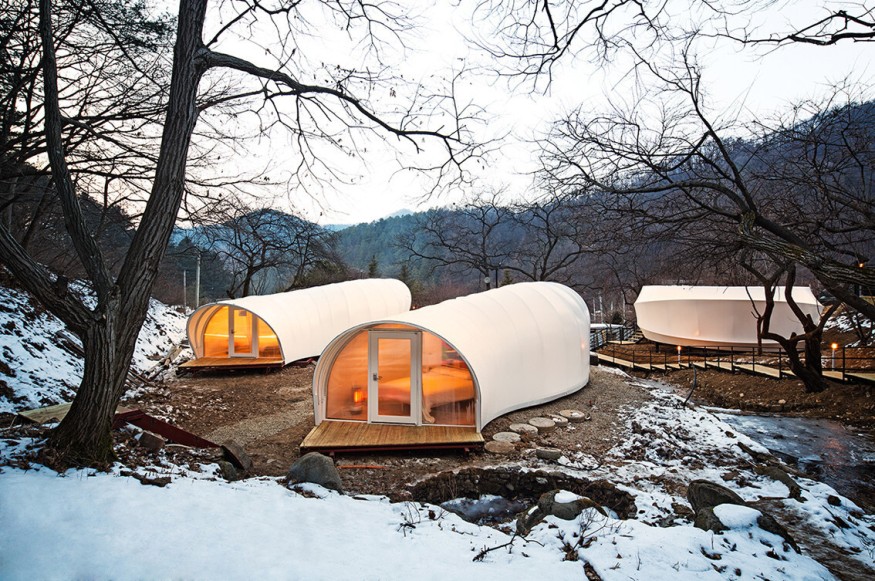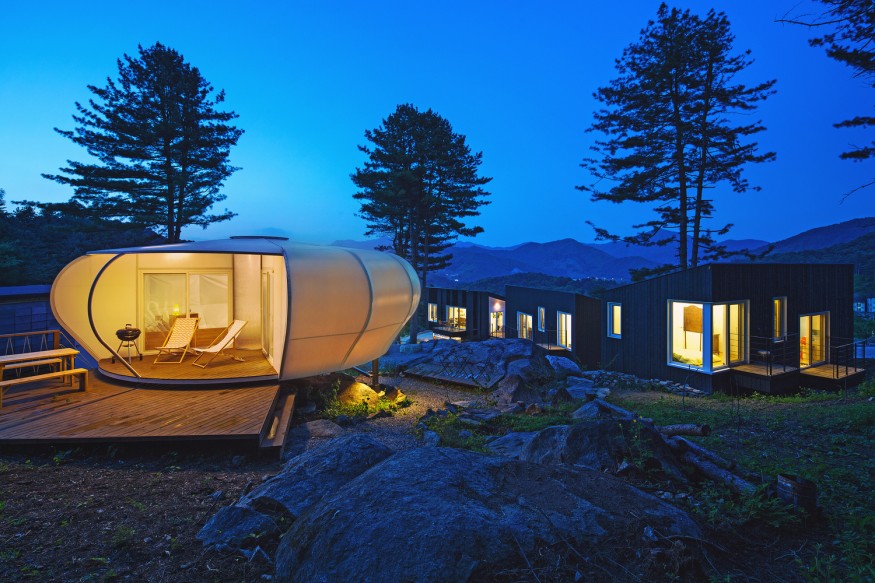Glamping Redefines Camping With Luxury and Comfort for the Ultimate Outdoor Experience

Hiking and camping, originally as the brief overnight shelter constructed of natural materials in the wilderness or on the country's property, represents the idea of primitive dwelling and exposure to the elements. This quality is epitomized by the tent, which kinetically evokes the concept of a dwelling that has pervaded centuries and cultures of nomadic peoples. Nevertheless, the modern version, which emerged in the early 2000s under the term 'Glamping' - conjoining glamour and camping - delivers opportunities for enjoying the emotions of camping while taking advantage of such amenities.
Historical Context of Glamping
As it can be seen today as a new, trendy way of camping, glamping is not a new invention. For instance, the extravagant Asian nomad lifestyle has been noted with remarkable precision; ways and means of Mongolian Ger are not a myth, histories state that Genghis Khan had his massive Ger measuring 9 meters in diameter, mounted on wheels and hauled by 22 oxen. Similarly, during hunting safaris in India and Africa, British royals camped in elaborate structures with bathrooms and plush furnishings. These early luxurious camps gave rise to 'campaign furniture,' also known as bivouac furniture, characterized by its compact, foldable, and stackable design for easy transport.
Today's glamping distinguishes itself from these historical precedents by focusing on sustainability, aesthetics, and user experience. Contemporary glamping structures are often crafted with eco-friendly materials and features like solar panels and rainwater collection systems, minimizing their carbon footprint. This ethos appeals to modern glampers seeking comfort alongside environmental responsibility.
While the essence of glamping lies in temporary, easily assembled structures such as tents, domes, or canvas-covered shelters, the market has also seen a rise in more permanent forms of accommodation like pods, huts, and treehouses. However, while offering a close connection to nature, purists argue that these structures stray from the core principles of glamping's nomadic roots.
Notable Examples of Glamping Resorts

One notable example of contemporary glamping is the SJCC Glamping Resort, 200 kilometers from Seoul, South Korea. The resort features three distinct lodging units- ' Mountain,' 'Cutent,' and 'Firefly'- each with unique floor plans and color schemes. While the main complex is a permanent structure, the tents are ingeniously crafted from steel and covered with weather-resistant, fire-retardant fabric. These advanced structures, with double-layered insulated fabric, ensure sustainability and adaptability to extreme temperatures ranging from minus 20 to 40 degrees Celsius. This project is also seen as a prototype for affordable, rapidly deployable housing units worldwide.

Similarly, 'Glamping for Glampers' in South Korea offers two types of tents seamlessly integrated into nature, covered with a UV-protected, waterproof, and fire-resistant membrane. The interiors feature foldable furniture inspired by bivouac designs, effortlessly transitioning from sofas by day to beds at night, enhancing the blend of comfort and functionality.

Another innovative example is the 'Glamping on the Rock' complex, which integrates tents into the natural environment with minimal disturbance. Drawing inspiration from the site's rock formations, the 'Rock Flower' concept uses translucent membranes that double as lanterns at night, creating a harmonious blend with the surroundings.
The Impact of the COVID-19 Pandemic
The COVID-19 pandemic has amplified the demand for secluded natural retreats, especially among those seeking to avoid the hassle of setting up traditional tents. Glamping structures provide the ideal solution, offering isolation and immersion in nature while being managed by professional teams. However, this trend has sparked a debate. Critics argue that glamping commercializes the camping experience, potentially diluting the authentic connection with nature by prioritizing convenience over self-sufficiency and minimalism.
Nonetheless, the primary concern for glamping architecture remains its environmental impact. According to the Report on the State of the Glamping Industry Americas 2023, 73% of glamping complexes are located near natural attractions, with significant percentages near state and national parks and beaches. While such proximity helps with the nature-oriented atmosphere, it does impose the responsibility of being environmentally responsible. It does not hamper the establishment or hinder developments that could harm local ecology.
Contemporary glamping architecture that has elements of the non-traditional approach to using space can positively contribute towards sustainability and provide stimulating experiences. The problem is that luxury and sustainability can and should go hand in hand with the respect of the locals and their traditions, not to mention the available facilities. Thus, the balance should be achieved for glamping to allow comfortable accommodation without degrading the natural environment and, at the same time, assuring the camper of the toughest camping option available.
From Digital Models to 3D-Printed Homes: Jaspreet Kaur Lall Explains How the Innovation Changes the Construction Industry

Future Belongs to Green Construction: Sampath Kumar Paspunoori Explains One of the Key Trends in the Construction Industry

Kamala Harris' Campaign Ad Uses Iconic Visuals from Carrie Mae Weems to Connect with Voters

Historic Ancient Roman Ruins in Baalbek Remain Strong After Israeli Air Strikes; Locals Seek Cultural Protection

4 Ways to Honor Departed Loved Ones in Your Home Design













